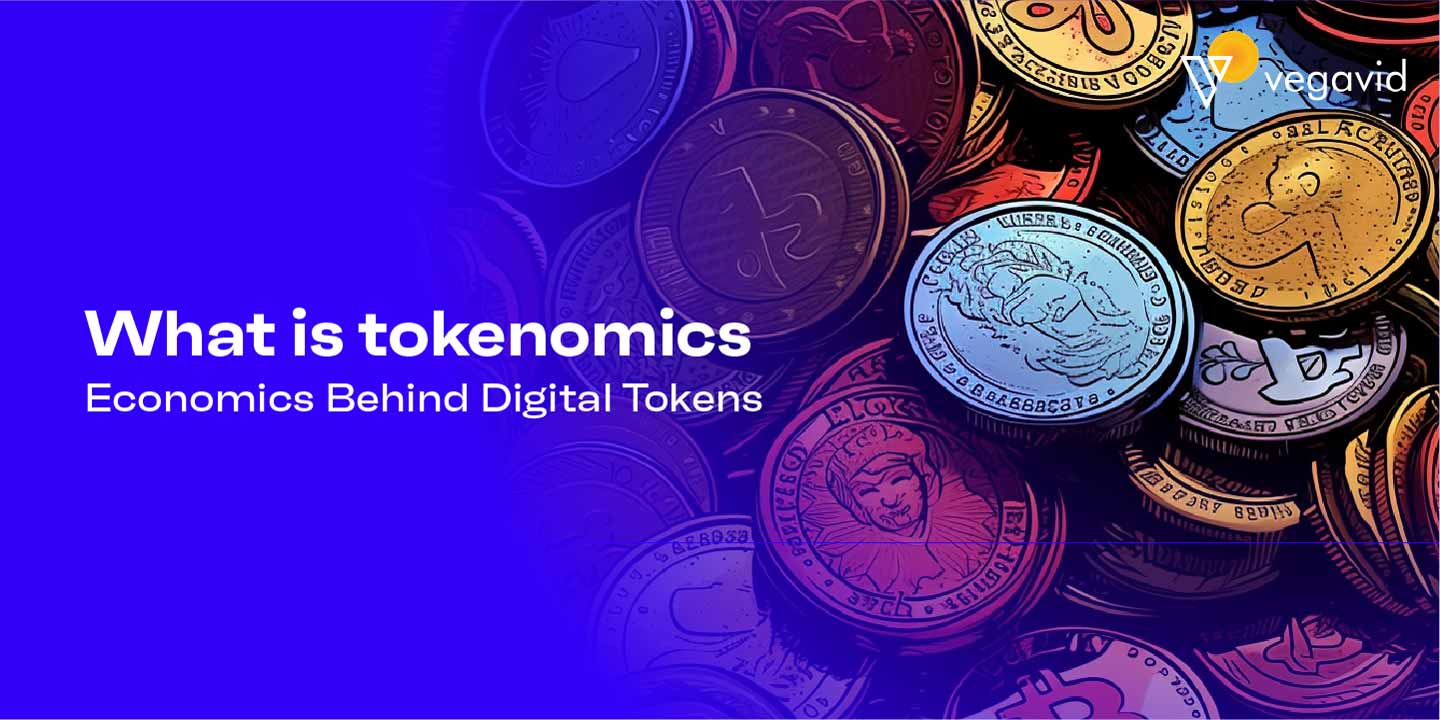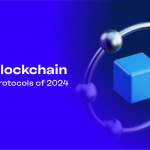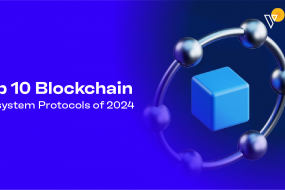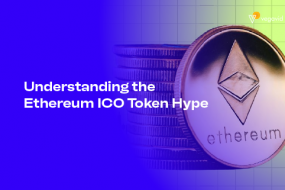
The past decade has seen the rise of blockchain technology and cryptocurrencies like Bitcoin which have disrupted traditional finance. A key driver of this disruption has been the emergence of “tokenomics” – the economics behind digital tokens. Although still an evolving field, tokenomics plays a vital role in the success and governance of cryptocurrency and blockchain networks. This blog post aims to provide an introduction to the concept of tokenomics and explain its relevance.
What is tokenomics
Tokenomics refers to the economic principles and mechanics governing the creation, distribution, and management of tokens within a blockchain ecosystem. In simpler terms, it’s like the economic system of a digital realm, where tokens act as the currency or value exchange mechanism. In traditional economics, we have concepts like supply, demand, inflation, and monetary policy. Similarly, in tokenomics, we have analogous principles tailored to the unique characteristics of blockchain technology. This includes factors such as token supply, token utility, token distribution mechanisms, governance models, and incentives for network participants.
How tokenomics differs from traditional economics
While based on similar economic principles, tokenomics differs from traditional models in key ways. Projects are highly speculative given their infancy and lack of legacy assets/cashflows. Token value depends more on network effects and perceived future potential rather than past performance. Distribution is also far more complex given the need to bootstrap ecosystems from scratch through community building.
Forget Bitcoin and NFTs for a moment. Imagine a system where “tokens” represent access to resources, participation in communities, or even voting rights. This is the intriguing world of tokenomics, and it differs significantly from the traditional economic landscape we navigate daily. Let’s delve into these distinctions.
- Central Authority vs. Distributed Power: At the heart of the difference lies who holds the reins. Traditional economics operates under central authorities like governments and banks, setting rules and managing resources. Tokenomics, however, flip this script. It thrives on decentralization, empowering communities to design and govern their token systems. Imagine a platform where users, not institutions, decide how tokens are created, distributed, and used.
- Tangible vs. Intangible Value: Traditional economics deals with tangible assets like land, currency, and physical goods. Their value is often easily determined by factors like scarcity and utility. Tokenomics, however, ventures into the realm of intangible value. Tokens can represent access to exclusive information, participation in online communities, or even voting rights within a decentralized organization. Their value stems not just from scarcity but also from the perceived benefits of belonging and influence within the token system.
- Focus on Incentives vs. Market Forces: Traditional economic models rely heavily on market forces like supply and demand. Tokenomics, however, takes a more deliberate approach. By designing specific incentives baked into the token system, it actively shapes user behavior and network growth. Imagine offering tokens for completing tasks, contributing content, or participating in governance decisions. This incentivizes desired actions and fosters community engagement, something traditional markets can’t easily replicate.
- Evolution vs. Fixed Rules: Traditional economic systems evolve, but often slowly and reactively. Tokenomics, however, embraces dynamic evolution. Rules and structures within a token system can be programmed to adapt based on community feedback and changing needs. Imagine a system where voting rights shift based on token ownership, or where token distribution adjusts to reward active contributors. This flexibility allows tokenomics to be more responsive and adaptive.
Tokenomics is beginning to find applications in various domains. From loyalty programs to online platforms, its potential to create engaged communities and incentivize desired behavior is undeniable. As we explore the possibilities beyond traditional economic models, tokenomics offers a glimpse into a more dynamic and community-driven future.
The Role of Tokenomics in Blockchain Projects
Tokenomics plays a pivotal role in shaping the behavior of participants within blockchain projects and the overall success of these endeavors. Firstly, it provides the framework for incentivizing users to contribute to the network. This can include miners validating transactions, developers improving the protocol, or users providing liquidity to decentralized exchanges. Secondly, tokenomics helps establish a fair and transparent system for distributing tokens. This is crucial for ensuring broad participation and preventing the centralization of wealth within the ecosystem. Moreover, tokenomics often dictates the governance structure of a blockchain project. Token holders may have voting rights proportional to their holdings, allowing them to influence protocol upgrades and other decisions.
Importance of tokenomics in the success of blockchain projects
Thoughtfully designed tokenomics play a vital role in determining whether a blockchain project can build a thriving ecosystem or end up as a failure. Projects live or die based on whether their incentives align with stakeholders and encourage continued contribution to network security, services, and adoption. Tokenomics drives behaviors through rewards linked to the internal economic system.
How tokenomics shapes incentives for stakeholders
The tokenomics model employed impacts the incentives and behaviors of various players. Developers are motivated to continue building if their work leads to token appreciation. Validators are incentivized to secure networks if block rewards and transaction fees in tokens are worthwhile. Users contribute to the ecosystem when token holders and network users are rewarded. Investors believe in the project’s potential if token value drivers are clearly defined.
Key Concepts in Tokenomics
Tokenomics, a portmanteau of “token” and “economics,” encapsulates the economic principles governing the creation, distribution, and management of tokens within a blockchain ecosystem. As digital assets native to blockchain networks, tokens serve various functions, including facilitating transactions, incentivizing participation, and governing decentralized protocols. Understanding the key concepts in tokenomics is essential for grasping the dynamics of blockchain-based economies and their implications for various stakeholders.
Token utility refers to the functions and purposes of tokens within the blockchain ecosystem. Tokens may serve as a means of payment for goods and services, provide access to platform features or services, or confer governance rights allowing holders to participate in decision-making processes. The utility of a token influences its demand and value, as well as the incentives for users to acquire and hold it. Several key concepts underpin tokenomics:
Token utility: how tokens are used within a blockchain ecosystem
For a token to have value, it must be useful. Everyday utilities like transfer of value, payments, access to services, or staking drive demand and usage. Projects aiming to enable new applications and behaviors also create novel utilities through token integration. Continuous development of utilities is important to support the expansion of network effects.
Token distribution: methods for distributing tokens to stakeholders
Fair and equitable distribution of tokens plays a big role in bootstrapping the community and ecosystems. Distribution occurs through primary issuances to teams, investors, and foundations; initial exchange offerings; or mining/staking rewards. Vesting schedules ensuring long-term alignment of incentives are also important.
Token governance: mechanisms for decision-making within a blockchain network
On-chain governance mechanisms allow token holders to vote on network upgrades, parameters, or team proposals. This provides an avenue for community participation and encourages retention through involvement in the project’s direction. Complex schemes also incentivize voters to make informed decisions in the network’s best interests.
Challenges and Considerations in Tokenomics
While tokenomics offers exciting opportunities for innovation and disruption, it also presents unique challenges and considerations for blockchain projects and ecosystem participants. Navigating these challenges requires a nuanced understanding of the economic, regulatory, and technical factors shaping token economies. One significant challenge in tokenomics revolves around regulatory uncertainty and compliance. The evolving regulatory landscape surrounding cryptocurrencies and tokens can create ambiguity and regulatory risk for projects and investors alike. Legal and regulatory compliance considerations are crucial for ensuring the legitimacy and sustainability of token-based initiatives, requiring careful navigation of jurisdictional differences and regulatory requirements.
Market volatility is another prominent challenge in tokenomics, stemming from the nascent and speculative nature of cryptocurrency markets. The value of tokens can exhibit significant fluctuations over short time frames, driven by factors such as market sentiment, investor speculation, and macroeconomic trends. Managing price volatility is essential for maintaining user confidence, attracting investment, and fostering long-term stability within token economies. These include:
Regulatory challenges surrounding tokenomics
Unclear regulations and varying laws across jurisdictions introduce compliance complexities for projects employing innovative economic models. Regulators are still catching up to evolving practices.
Risks associated with tokenomics models
Major risks include lost or stolen tokens, whales manipulating markets, unfair vesting structures failing to prevent dumps, unsustainable inflation, etc. Mitigation is important.
Strategies for addressing challenges and mitigating risks
This includes consultations with legal experts, risk disclosures to investors, and prudent framework adjustments over time based on learnings and feedback. Continuous evaluation and improvement of models also help address issues proactively.
Final Thoughts
Tokenomics plays a crucial role in the success and future of decentralized technologies and networks. Well-designed economic architectures can rally long-term backing while misaligned incentives often lead to failures. Although a relatively new domain, continuously refining tokenomic frameworks will be important for blockchain projects to overcome challenges, build resilient systems, and deliver on their promises to fuel emerging digital economies. With experience and innovation, the field of tokenomics is likely to evolve in promising ways.








